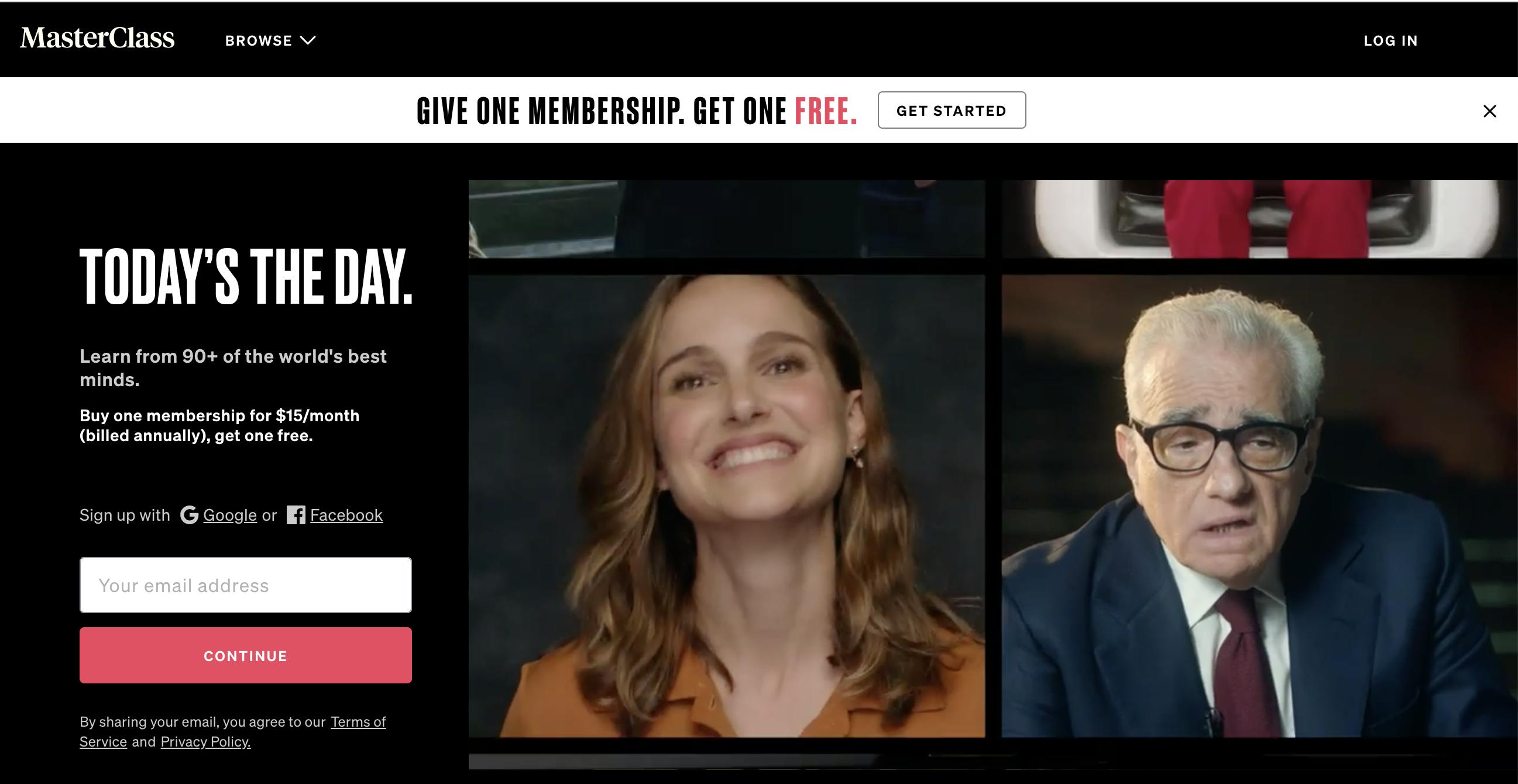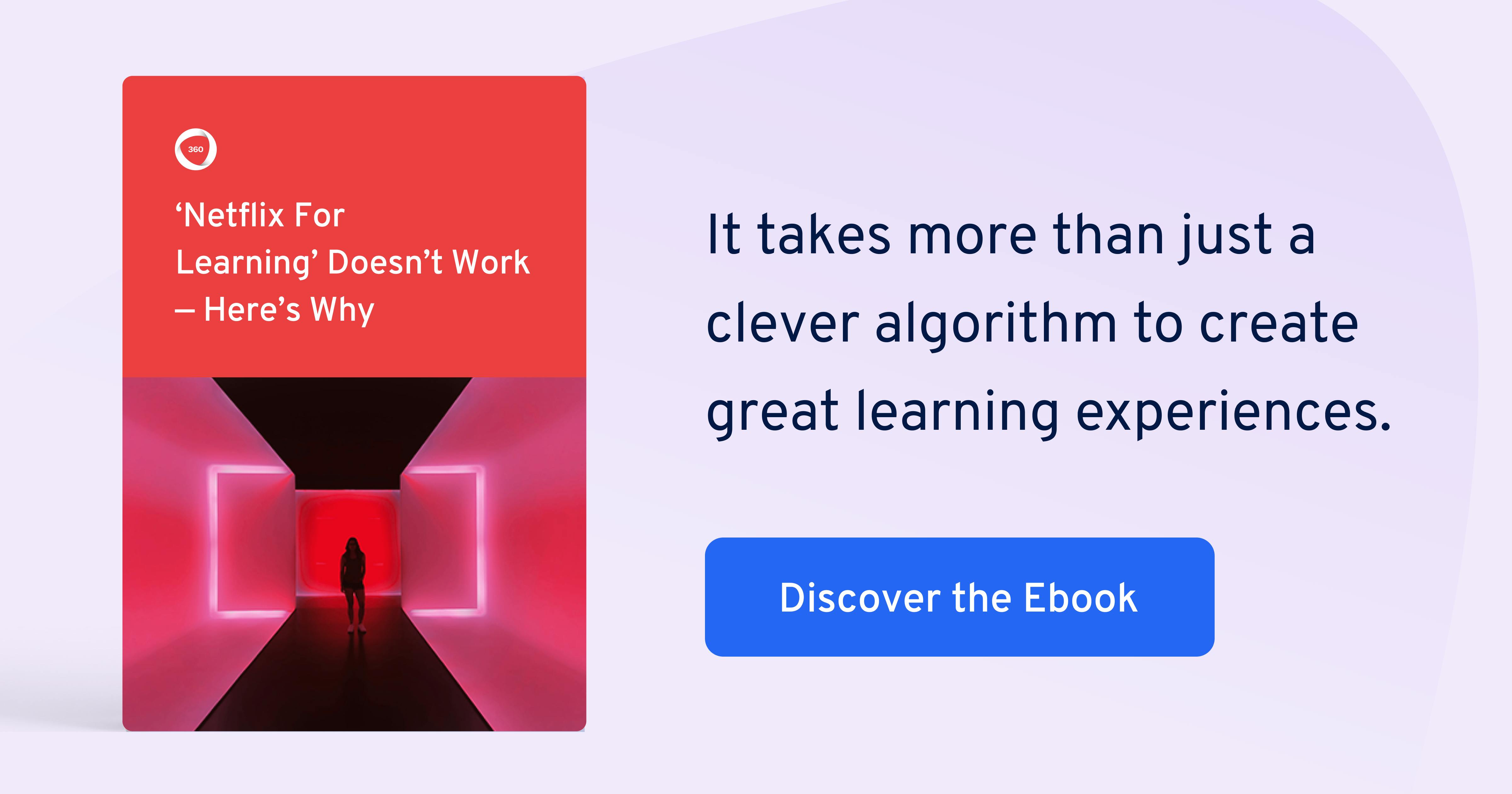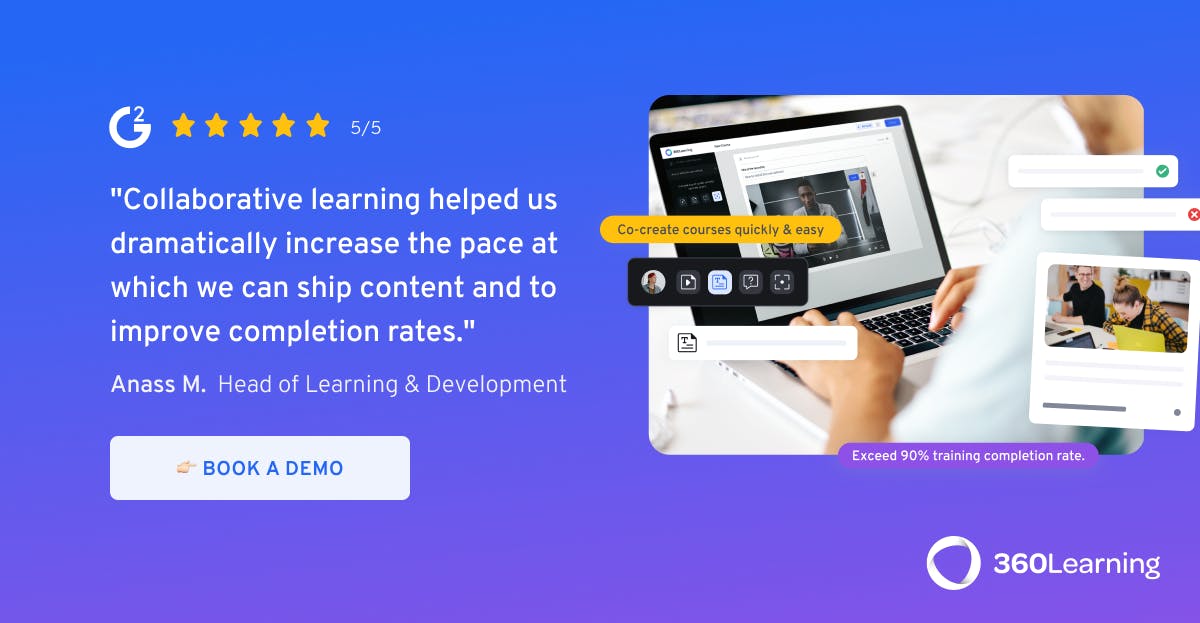It’s the end of a long, stressful workweek. Finally, time to unwind and relax. You microwave your popcorn, pour a glass of wine, and settle in on the couch to turn on ... a tutorial on video editing?
Seems unlikely, right?
Yet once a week or so, we hear of another “Netflix for Learning” initiative. The proposal usually follows similar lines: Employees can browse a vast library of online training courses and watch whatever appeals to them. An algorithm creates tailored training recommendations to help each employee build expertise and advance their career. Employees train themselves and have fun as they do it.
And why not? People love Netflix. The interface is lovely, and it’s intuitive to use. It’s easy to lose hours watching recommended content that you may never have found on your own.
It’s easy to see why the dream of a “Netflix for Learning” is so persistent. The world is changing quickly, and companies need to adapt their operations to keep up. The constant flux results in a heavy burden on learning teams, who need to make sure each employee receives the most relevant training at the right time. An engaging learning channel that gets employees “addicted to learning” seems like a quick fix.
There’s just one problem: It doesn’t work.
Quite a few vendors are experiencing great success selling this appealing vision. They then spend the next two to three years failing to deliver on their agreement to engage employees in binge learning.
But we believe "Netflix for Learning" is a false promise because most learning platforms can’t replicate Netflix’s activation and retention strategies. As Mario Barosevcic puts it in this great article about corporate learning, in the learning space, “content is not king.” It’s a race to the bottom. I’ll explain why.
The 'Netflix for Learning' dream
We are in a weird spot right now. Home and workspaces have merged. Employees are at home all day, and they aren’t just working; they’re consuming all sorts of on-demand media.
Consider Spotify. Without coworkers to worry about, employees at home are listening to Spotify as they work. In a letter to shareholders, Spotify shared that two of five Spotify users now listen to more music while working to manage their stress and anxiety with world events. Their usage on weekdays is now identical to the weekends.
Or as they succinctly put it in their letter, “Every day now looks like the weekend."
The war for your employees’ attention
Work is now competing with all sorts of platforms and services for your employees’ attention.
Employees are having their coffee, catching up on their notifications, glancing over an email from their boss, and scrolling through their Twitter feed—all at once. They’re responding to pings about a required training they need to do, the album of the week on Spotify, an agenda for their team meeting that starts in 20 minutes, and a WhatsApp message from their cousin. This information overload is happening all day long.
When work and home merge like this, bosses can no longer monitor their employees’ activities the way they could in a physical office. Managers can now only manage by setting goals and assessing performance. They may set the goals, but it’s up to the employee to decide how to achieve them.
Similarly, learning teams will have to work harder than ever to earn a place in the employees’ consciousness. Saying, “You have to take this course—it’s mandatory” isn’t going to cut it anymore (if it ever really did). Learners are now the sole judge of what’s worthy of their time and attention. And learning materials are competing with a firehose of other options, including social media, the news, and entertainment options like actual Netflix.
Learning teams are wildly unprepared to wage this battle in the war for employees’ attention. After all, media companies have spent the last 10 years, and millions of dollars perfecting their engagement strategy. So, under pressure from their C-suite, learning teams are in a corner.
Enter Netflix for Learning, a seemingly perfect solution.
Learning teams are wildly unprepared to wage this battle in the war for employees’ attention.
Activation: how Netflix and Spotify engage consumers
Entertainment platforms frequently make headlines for investing millions of dollars to make sure Taylor Swift or Brad Pitt appears on their homepage. Or ESPN will happily pay $2.6 billion (yes billion) for exclusivity on NBA games.
They do this because all-you-can-eat content services need headliner performers and content to grow their business. Consumers start using these services because they specifically want to see these pillar pieces of content.
Once they’ve signed up and made it a habit to use the service, they start browsing the platform for other entertainment options. But to activate consumers, you need to give them a powerful reason to start engaging.
And there are three main reasons why Brad Pitt, Taylor Swift, and LeBron James are such engagement machines:
- They have spent years building up a strong emotional bond with fans. Their large fan bases are so emotionally attached to their voice, face, and name that they will follow them across platforms. They associate Taylor Swift with dancing with friends and nursing private heartbreaks. No matter her next album’s quality, her fans will adore it because they associate her voice with strong emotions and memories.
- Their projects create organic, worldwide momentum. The day after a new episode of Game of Thrones came out, everyone talked, tweeted, and reported on it. You had to watch if you wanted to be part of the cultural conversation. The urge to watch and listen was everywhere for a short moment, which was very efficient in creating engagement.
- These people are special; they are addictive. Specific personalities just have a power that makes you want to hear their music, see them act, or watch them play basketball. No matter what they do, whether it’s quality or not, you still enjoy it.
Actors like Will Smith, directors like Martin Scorsese, or producers like Jay-Z possess this power to engage and attract fans. In the War for Attention, they are the ultimate weapon for a subscription-based B2C platform, like Netflix or Spotify.
This step is called Activation in the famous AARRR model (acquisition, activation, retention, referral, revenue). Once a consumer has begun to engage with a platform, platforms like Netflix carefully move into retention mode. At some point, users start scrolling through to check out their other viewing options. Then, the power of recommendations comes into play.
To activate consumers, you need to give them a powerful reason to start engaging.
Would you like to read this article later, or share it with your team? Get it in an ebook!
Retention: Amazon vs. Netflix recommendations
So once you’ve been hooked by Brad Pitt or Orange is the New Black, how does Netflix move you to the retention phase?
Picture this: It’s a Tuesday evening, and you’re looking to unwind. You flip on the TV and find a screen full of shows and movies that have been curated by Netflix just for you.
Netflix, like most entertainment services, bases its recommendations on your user history. The algorithm reverse-engineers your preferences based on what you've watched. That works because the single source of truth on what you enjoy watching is you. Your taste is unlikely to vary dramatically over the months or even years ahead.
Netflix bases its recommendations on your user history. That works because the single source of truth on what you enjoy watching is you.
Compare this with how other data algorithms, like Amazon, Facebook, and Google, work. Their algorithms have access to much larger datasets: they can leverage your email content, your calendar, your browser history, your Instagram interests, and your geolocation history to give you extremely targeted recommendations. This is why data has become internet gold.
Why do they need so much data? While predicting what movies you might like is relatively simple, it's a bit more complicated to predict what products you want to buy. Algorithms need more than just your past purchasing history to produce accurate recommendations.
If the algorithm can see that you are planning a trip to the Bahamas and frequently read about climate change, it can reasonably recommend that you purchase a new organic sunscreen. Even if you've never purchased sunscreen before. Context matters, and that is what more data provides.
Let's look at how that works for learning.
Why we can’t replicate the Netflix recommendation algorithm for learning
One of Netflix for Learning's most significant selling points is its algorithmic ability to recommend your employees' learning content. But what data can we leverage for learning?
If we replicate the Netflix approach, we’re basing recommendations on viewing history, job titles, and generic company data. Besides viewing history, none of these inputs are personalized. This leads to an algorithm that recommends the same content to everyone with a similar job title.
What data should we leverage instead for learning recommendations?
At 360Learning we’re convinced that each person's optimal learning path can be deduced with an algorithm that will work more like Amazon, Google, or Facebook algorithms than the Netflix one.
The optimal learning path comes from context, and history is an input, but not the main one. So what do we consider as contextual data points?
- Business priorities discussed in team meetings
- Challenges highlighted in quarterly reviews
- Peer feedback
- Skill sets of your team
- Worker’s proximity to new tools or machines
Taken together, all of these useful inputs determine what courses will maximize an employee's value for both themselves and the company.
We’re basing recommendations on viewing history, job titles, and generic company data. Besides viewing history, none of these inputs are personalized. This leads to an algorithm that recommends the same content to everyone with a similar job title.
How people are really learning
By now, we can all see how Netflix's methods for activating consumers can't be replicated by a learning platform that doesn't have the budget for big Hollywood star power. Unlike Netflix, the Netflix for Learning model can't build the momentum it needs to propel employees to treat their platform as a social media channel or media site.
Now, a handful of exceptions may come to mind. Masterclass does bring in huge names like Natalie Portman and Serena Williams, to headline their content. But they also have deep pockets. And Josh Bersin Academy achieves great success because Josh Bersin is the Brad Pitt of HR. In any case, these examples are few and far between. Few companies have the budget, resources, or fame.

And neither Masterclass nor Josh Bersin’s Academy can replicate Netflix’s data-heavy retention strategy either. They simply don’t have access to the data necessary to max out value for learners. Instead, they recommend the same courses over and over.
Now, the good news is that there is another way.
Collaborative Learning creates astonishing levels of engagement, comparable to Instagram or Quora. Our digital learning platform generates hundreds of data points that can be used to personalize learning recommendations to deliver the right course to the right person at the right moment. Users of 360Learning take, on average, 11 learning activities per day, with 91% course completion.
How does it work? Check out the article Why Collaborative Learning is the Next Phase of LMS eLearning or get in touch with our team:




